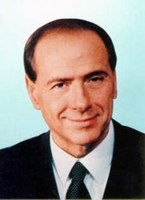| Portrait | Office | Name | Term | Party | Undersecretaries |
|---|
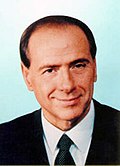 | Prime Minister | Silvio Berlusconi | 10 May 1994 – 17 January 1995 | | Forza Italia | Gianni Letta (Ind.) [a] [b]
Ombretta Fumagalli Carulli (CCD) [c]
Luigi Grillo (FLD) [d] |
|
|---|
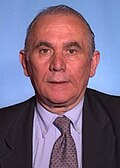 | Deputy Prime Minister | Giuseppe Tatarella | 10 May 1994 – 17 January 1995 | | Italian Social Movement |
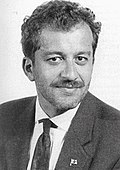 | Deputy Prime Minister | Roberto Maroni | 10 May 1994 – 17 January 1995 | | Northern League |
|
|---|
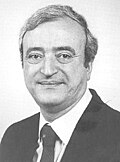 | Minister of Foreign Affairs | Antonio Martino | 10 May 1994 – 17 January 1995 | | Forza Italia | Livio Caputo (FI)
Franco Rocchetta (LN)
Vincenzo Trantino (MSI) |
 | Minister of the Interior | Roberto Maroni | 10 May 1994 – 17 January 1995 | | Northern League | Maurizio Gasparri (MSI)
Marianna Li Calzi (FI)
Domenico Lo Jucco (FI) |
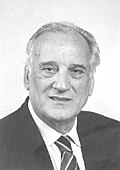 | Minister of Grace and Justice | Alfredo Biondi | 10 May 1994 – 17 January 1995 | | Union of the Centre | Gian Franco Anedda (MSI)
Mario Borghezio (LN)
Domenico Contestabile (FI) |
 | Minister of Budget and Economic Planning | Giancarlo Pagliarini | 10 May 1994 – 17 January 1995 | | Northern League | Ilario Floresta (FI)
Antonio Parlato (MSI) |
 | Minister of Finance | Giulio Tremonti | 10 May 1994 – 17 January 1995 | | Liberal Democratic Foundation | Roberto Asquini (LN)
Filippo Berselli (MSI)
Sandro Trevisanato (FI) |
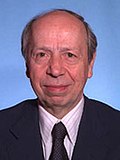 | Minister of Treasury | Lamberto Dini | 10 May 1994 – 17 January 1995 | | Independent | Marisa Bedoni (LN)
Salvatore Cicu (FI)
Giovanni Mongiello (CCD)
Antonio Rastrelli (MSI) |
 | Minister of Defense | Cesare Previti | 10 May 1994 – 17 January 1995 | | Forza Italia | Guido Lo Porto (MSI)
Mauro Polli (LN) |
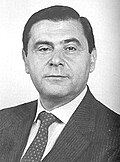 | Minister of Public Education | Francesco D'Onofrio | 10 May 1994 – 17 January 1995 | | Christian Democratic Centre | Fortunato Aloi (MSI)
Mariella Mazzetto (LN) |
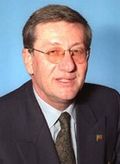 | Minister of Public Works | Roberto Maria Radice | 10 May 1994 – 17 January 1995 | | Forza Italia | Stefano Aimone Prina (LN)
Domenico Nania (MSI) |
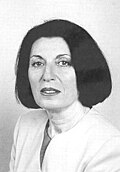 | Minister of Agricultural, Food and Forestry Resources | Adriana Poli Bortone | 10 May 1994 – 17 January 1995 | | Italian Social Movement | Paolo Scarpa Bonazza Buora (FI) |
 | Minister of Transport and Navigation | Publio Fiori | 10 May 1994 – 17 January 1995 | | Italian Social Movement | Sergio Cappelli (LN)
Gianfranco Micciché (FI) |
 | Minister of Post and Telecommunications | Giuseppe Tatarella | 10 May 1994 – 17 January 1995 | | Italian Social Movement | Antonio Marano (LN) |
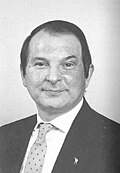 | Minister of Industry, Commerce and Craftsmanship | Vito Gnutti | 10 May 1994 – 17 January 1995 | | Northern League | Giampiero Beccaria (FI)
Francesco Pontone (MSI) |
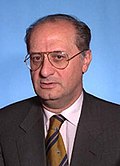 | Minister of Health | Raffaele Costa | 10 May 1994 – 17 January 1995 | | Union of the Centre | Giulio Conti (MSI)
Giuseppe Nisticò (FI) |
 | Minister of Foreign Trade | Giorgio Bernini | 10 May 1994 – 17 January 1995 | | Forza Italia | |
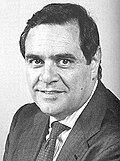 | Minister of Labour and Social Security | Clemente Mastella | 10 May 1994 – 17 January 1995 | | Christian Democratic Centre | Carmelo Porcu (MSI)
Adriano Teso (FI) |
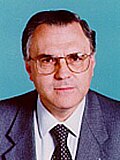 | Minister of Cultural and Environmental Heritage | Domenico Fisichella | 10 May 1994 – 17 January 1995 | | Italian Social Movement | |
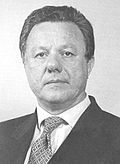 | Minister of the Environment | Altero Matteoli | 10 May 1994 – 17 January 1995 | | Italian Social Movement | Roberto Lasagna (FI) |
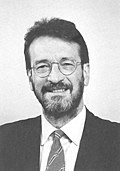 | Minister of University, Scientific and Technological Research | Stefano Podestà | 10 May 1994 – 17 January 1995 | | Forza Italia | Giovanni Meo Zilio (LN) |
|
|---|
 | Minister of Community Policies
(without portfolio) | Domenico Comino | 10 May 1994 – 17 January 1995 | | Northern League | |
 | Minister of Family and Social Solidarity
(without portfolio) | Antonio Guidi | 10 May 1994 – 17 January 1995 | | Forza Italia | |
 | Minister of Public Function and Regional Affairs
(without portfolio) | Giuliano Urbani | 10 May 1994 – 17 January 1995 | | Forza Italia | |
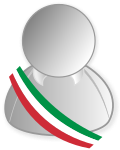 | Minister of Italians in the World
(without portfolio) | Sergio Berlinguer | 10 May 1994 – 17 January 1995 | | Independent | |
 | Minister for Parliamentary Relations
(without portfolio) | Giuliano Ferrara | 10 May 1994 – 17 January 1995 | | Forza Italia | |
 | Minister for Institutional Reforms
(without portfolio) | Francesco Speroni | 10 May 1994 – 17 January 1995 | | Northern League | |
